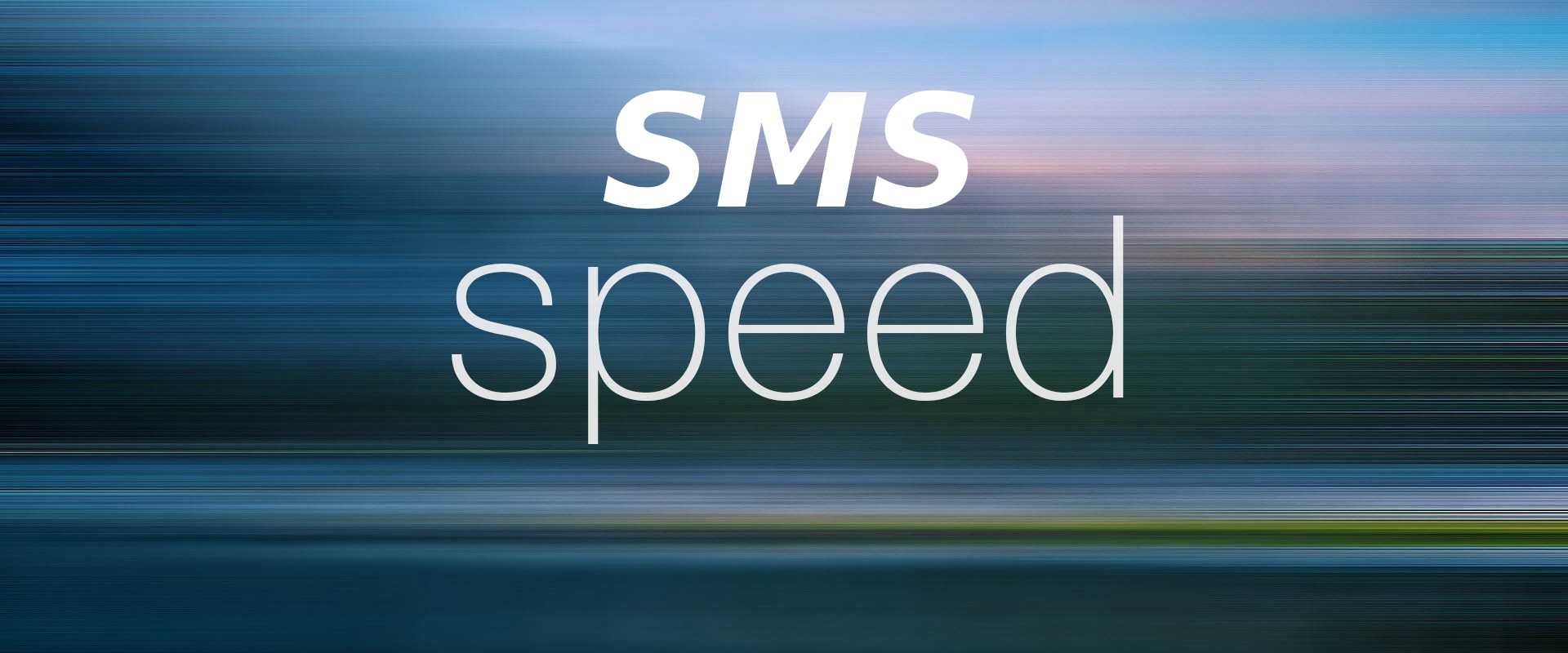Text Messaging Speeds, High Throughput

In text message marketing, a brand sends a prolific amount of text messages to consumers. The number of customers receiving text messages usually varies among brands, with larger brands usually having more subscribers. A small brand like a local pizza place may have only 200 subscribers, while a popular clothing line may have millions of subscribers.
Messages per second (MPS) is the number of messages that can be sent in one second by a software provider to a wireless carrier. MPS is the standard unit for measuring text messaging speeds in the digital marketing industry.
For a small business, if a software provider is offering a speed of 50 MPS, for instance, and the brand has just 200 subscribers. In about 4 seconds, the software provider would have sent all the needed messages to the concerned wireless carriers. Under ideal situations, text messaging speed is not usually an issue for small to medium size businesses. For larger businesses, however, getting the message out within a certain period of time is quite important. This makes the messaging speeds provided by the software providers quite critical. If for instance, a business has 2 million subscribers, and the available messaging speed is 50 MPS, challenges may come up in the delivery of marketing text messages to the brand’s subscribers. At a first look, 50 MPS sounds huge; the brand is sending 50 messages in one second. But when closely examined, it actually means that it would take hours for the software provider to send all the text messages to all of the concerned subscribers. This might be a problem in digital marketing, as time is literally money in this industry.
If a quick service restaurant chain is offering a lunch special and needs to inform all of its 5 million subscribers about this offer, the restaurant is going to need a very fast text messaging service. This is because the timing is critical in this case. If the messaging speed for the brand is 50 MPS, it could take hours for all the subscribers to receive the text message. If the restaurant starts messaging its customers at 11:00 AM, and lunch is due by noon, only about 10% of the restaurant’s customers would receive the message in time. This could have a disastrous effect on sales.
To help increase the efficiency of your text message marketing campaign, you can increase the number of text messages delivered per second. When this is done, you will be able to reach more customers within a shorter time frame. However, if you cannot afford a faster messaging service, one option is to time your messages to ensure that the messaging speed does not affect the relevance of the information being passed. For instance, if the restaurant offering the lunch special cannot get a faster messaging service in time, they may choose to start sending messages at the speed of 50MPS as early as 3:00 AM in the morning. however, this would not really work, as the first receivers may have forgotten all about the offer by lunch time or they might not even be awake to read the message at all. Therefore, while starting the text message delivery process very early might help eradicate the effects of a slow messaging service, it creates other problem of low open rate and ineffectiveness of the text message. In most cases, a faster text messaging service is the only feasible solution for a business with a very large subscriber base.
(Inspired by Tatango)
